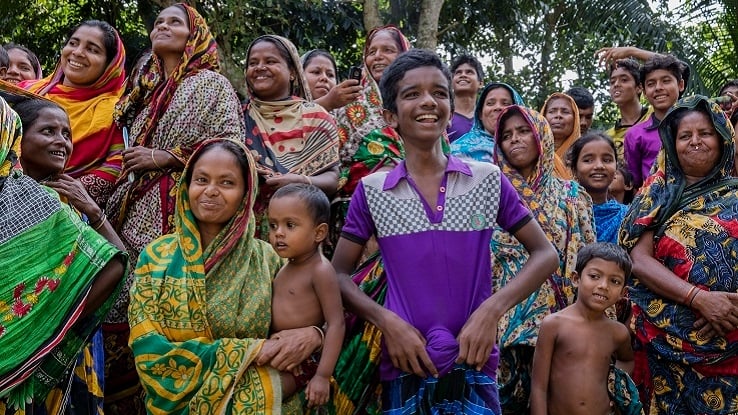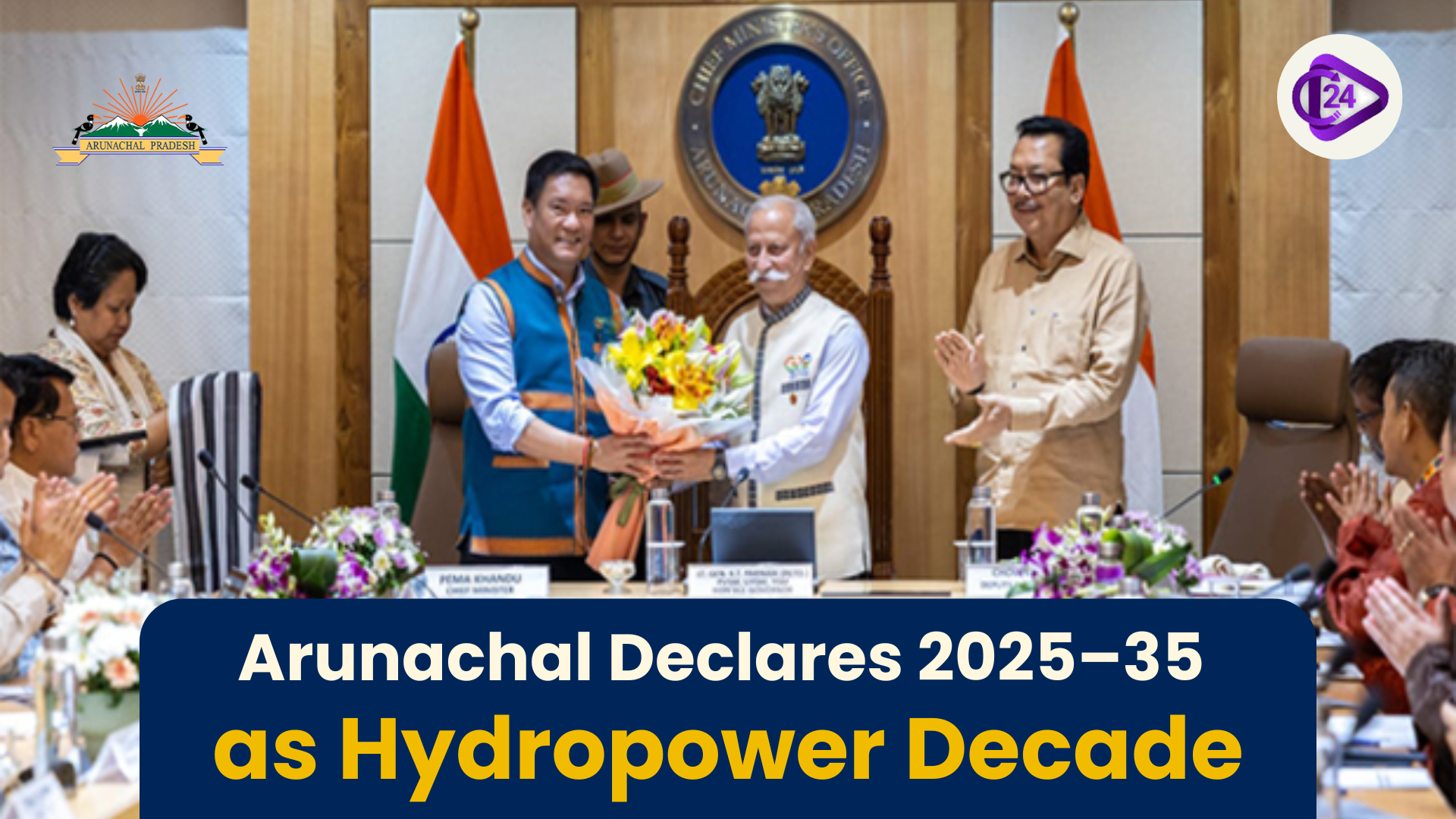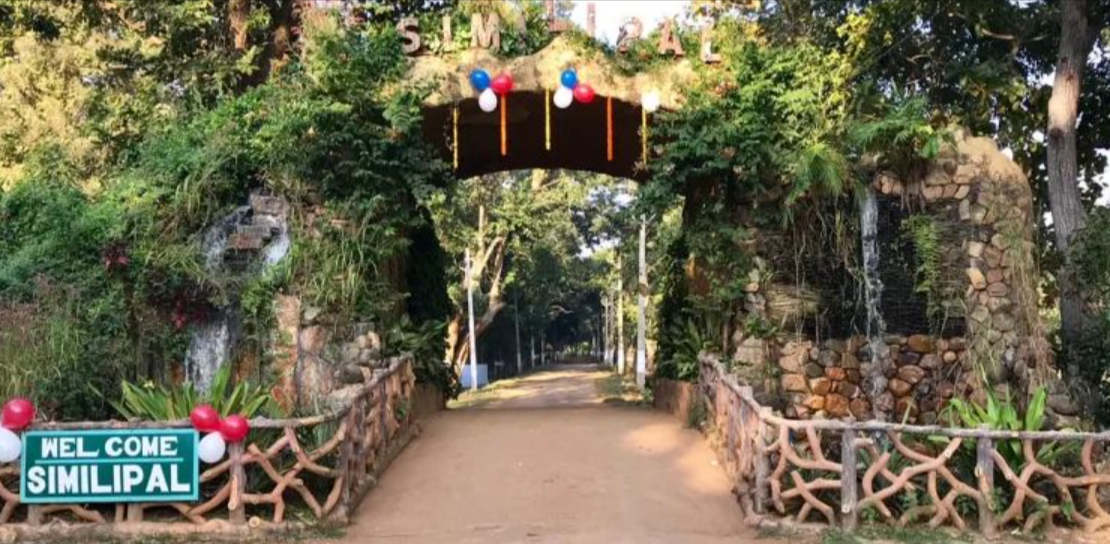
The United Nations Department of Economic and Social Affairs (UN-DESA) issued a detailed research paper about how climate change affects Indigenous peoples. 6% of the world population identified as Indigenous peoples face exceptional challenges from climate change, although they comprise a small segment of global inhabitants. Due to their lack of involvement in international climate funding decisions, their adverse experiences have become worse. Through the report, researchers establish that Indigenous ways of knowing, along with sustainable traditions, serve as essential tools for maintaining biodiversity and ecological integrity.
Summary:
-
The data shows that climate change mostly affects Indigenous communities because these groups only get less than 1% of global climate funds.
-
You will find evidence showing Indigenous peoples' valuable efforts to protect biodiversity and their lack of recognition for climate action work.
-
Climate policy leaders should include Indigenous representation when making policy decisions at a global level, according to the report.
Key Points:
-
Economic Vulnerability: Indigenous people experience economic risk because the sustainable practices of farming and fishing, together with forest management, have become unstable.
-
Disruption of land and resources: The erosion of ancestral land, combined with natural resource loss, occurs because of climate change.
-
Health challenges: Hard-to-reach healthcare services elevate their exposure to health problems generated by climate change.
-
Cultural Erosion: The loss of cultural heritage, along with traditional languages and cultural customs, occurs because of environmental damage.
-
Biodiversity Role: Much biodiversity exists around the world due to traditional peoples who occupy only 6% of Earth's population but guard 80% of its biodiversity.
-
Traditional Knowledge Systems: Eco-friendly ecosystem management is possible for sustainable development based on the ancient wisdom of Traditional Knowledge Systems.
-
Cultural Wisdoms: Traditional preservation concepts of indigenous populations emerge from spoken instructions and sacred restrictions, and wise sayings.
Constitutional Provisions:
Fifth and Sixth Schedules enable scheduled and tribal areas to follow separate administrative systems.
-
Article 342: Recognizes Scheduled Tribes.
-
Article 244 (Part X): Grants special administrative provisions for Scheduled Areas.
PESA Act, 1996:
-
The PESA Act provides Scheduled Areas with the opportunity for government through local assemblies of residents known as Gram Sabhas.
-
Local communities acquire the power to administer their minor resources together with their development projects and their traditional institutions under this structure.
Tribal Panchsheel Policy by Jawaharlal Nehru:
-
All development programs must match the indigenous culture and native intelligence of the tribal groups.
-
The protection of land ownership rights together with the preservation of forest privileges stands as a priority.
-
Tribals must have their full participation in administration processes.
-
Avoid over-administration and over-scheming.
-
Human development serves as a superior measurement criterion than numeric statistics alone.
Other Legislations:
-
Protection of Aboriginal Tribe Regulation (1956): Restricts access to certain tribal zones in A&N Islands.
-
Through Forest Rights Act (2006) the Indian government provides legal recognition to traditional communities inhabiting forests with their access to land and natural resources.
Way Forward:
-
Watch how the Sámi parliaments within Nordic countries operate to defend their people from forced cultural absorption.
-
Multiple Tribes and Organizations should commit to the ILO’s Indigenous and Tribal Peoples Convention (1989) for inclusive dialogue and consultation.
-
Countries should follow the UN Declaration on the Rights of Indigenous Peoples to obtain indigenous people's permission prior to resource and knowledge usage.
-
Tribal knowledge systems serve as sustainable living bases when the Jharkhand Government conducts the Adi Darshan program as an example of progressing awareness.
Conclusion
This publication serves as an important notice that reinforces the need to implement Indigenous visions throughout climate management efforts. The traditional attitude toward nature stewardship of Indigenous Peoples provides adaptable community-based solutions to worldwide ecological catastrophes. Indigenous peoples should receive equal opportunities to obtain funds and express representation as an essential part of climate justice initiatives. The planet needs their involvement not only because it is ethical but because it represents a key requirement for sustainability.



 The Future of India Energy to be Increased by First Nuclear Power Plant in Bihar
The Future of India Energy to be Increased by First Nuclear Power Plant in Bihar First-ever Household Income Survey to be carried out in 2026 by Statistics Ministry
First-ever Household Income Survey to be carried out in 2026 by Statistics Ministry Historical importance of the Shipki La Pass: A historic trade, culture and tourism pathway
Historical importance of the Shipki La Pass: A historic trade, culture and tourism pathway Arunachal Declares 2025-35 as the ‘Decade of Hydropower’
Arunachal Declares 2025-35 as the ‘Decade of Hydropower’ Udhampur-Srinagar-Baramulla Rail Link Fully Operational After 28 Years
Udhampur-Srinagar-Baramulla Rail Link Fully Operational After 28 Years Aizawl Becomes Fourth Northeast State Capital Connected by Rail
Aizawl Becomes Fourth Northeast State Capital Connected by Rail India’s Coastline Length Revised to 11,098.8 km Using Advanced Tech
India’s Coastline Length Revised to 11,098.8 km Using Advanced Tech India’s Total Fertility Rate Steady at 2.0: Sample Registration System (SRS) Report 2021
India’s Total Fertility Rate Steady at 2.0: Sample Registration System (SRS) Report 2021 Similipal Odisha's Largest National Park Becomes India’s 107th National Park
Similipal Odisha's Largest National Park Becomes India’s 107th National Park






